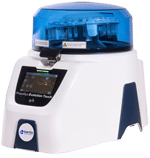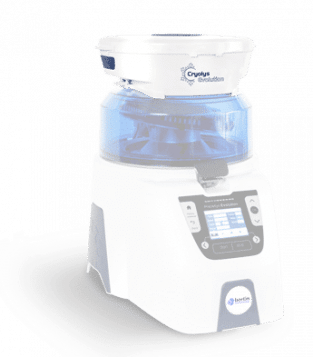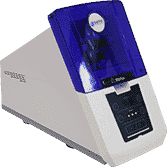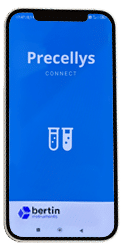PCR and RT-PCR
PCR is a vital analytical tool for modern biologists. The success of PCR workflows is highly dependent on the quantity, purity, and degree of fragmentation of the DNA. Here, Bertin’s top scientists have presented examples of optimized homogenization protocols to obtain high quality nucleic acids and guarantee the success of your PCR workflow.
PCR (polymerase chain reaction) is a widely used method to amplify DNA. It has a wide range of applications including biomedical research and forensic science. PCR sample preparation varies according to the type of sample and the type of PCR. For most tissue samples, PCR workflows start with a homogenization step. Several studies have shown that the choice of homogenization method strongly impacts PCR and RT-PCR results, for example in the context of MERS-CoV detection (1. Sung & al. in 2016). To achieve reliable results, PCR workflows require efficient homogenization in order to maximize nucleic acid recovery and fragment size. This can be challenging, as some sample types possess structural and rheological properties that can impede standardization of the homogenization step. The Precellys tissue homogenizers offer a reproducible, high throughput solution for researchers aiming to optimize their PCR workflows.
In the following application notes, you will find helpful information about how to obtain high-yield, high-quality nucleic acids with our Precellys device and how to optimize your PCR workflows. The Precellys tissue homogenizers are available in high-throughput format to process up to 24 samples simultaneously. Our high-throughput Precellys models can process 200 samples in 30 minutes, saving valuable time for researchers.
(1) Sung, H., Yong, D., Ki, C. S., Kim, J. S., Seong, M. W., Lee, H., & Kim, M. N. (2016). Comparative evaluation of three homogenization methods for isolating Middle East respiratory syndrome coronavirus nucleic acids from sputum samples for real-time reverse transcription PCR. Annals of laboratory medicine, 36(5), 457-462.





